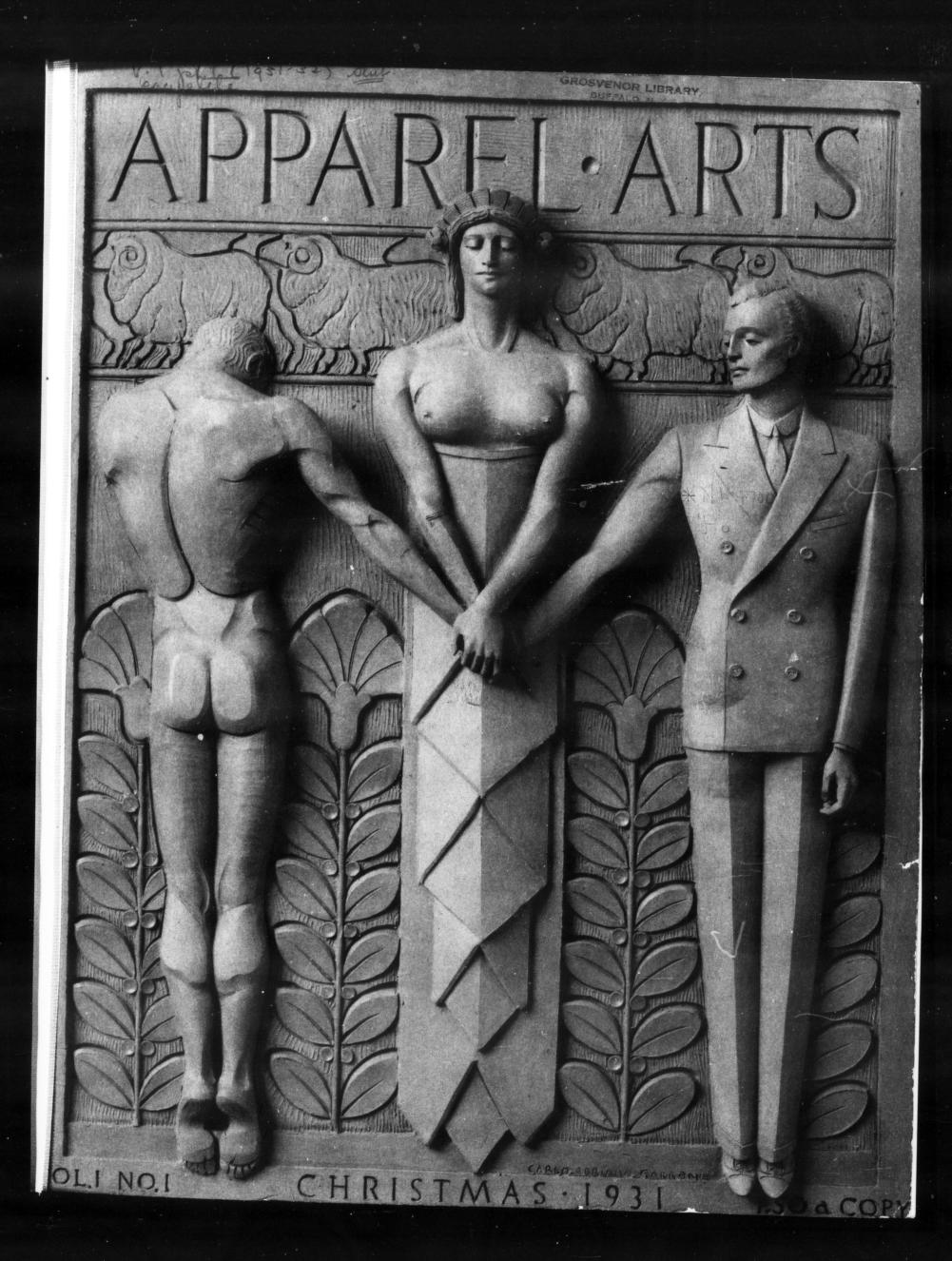About GQ Magazine
First Issue:
1931 (as Apparel Arts) 1957 (as Gentleman’s Quarterly) 1967 (as GQ)


The History of GQ Magazine
GQ, originally known as “Gentlemen’s Quarterly,” has a rich history that began in 1931 as “Apparel Arts,” a trade publication in New York City. Initially, it was aimed at men’s clothing wholesalers and retailers, providing fashion information to aid them in making recommendations to male customers. In 1933, the publishers of Apparel Arts started Esquire, a publicly distributed men’s magazine.
In 1957, Apparel Arts transformed into a quarterly fashion supplement for Esquire subscribers and resumed separate publication under the title “Gentlemen’s Quarterly” in 1958. This special-interest fashion magazine was eventually sold to Condé Nast Publications in 1983, and its name was shortened to GQ. Under the leadership of Art Cooper, GQ’s editor-in-chief at the time, the magazine expanded its focus beyond fashion to become a more general men’s magazine. This redefinition of the publication put it in direct competition with Esquire, and GQ even outsold its competitor for the first time in 1993.
The magazine underwent another revamp in 2003 under Jim Nelson, who served as editor-in-chief until 2019. This revamp was to compete with British “lad” magazines like FHM and Maxim, and was targeted towards a younger readership, focusing more closely on trends in pop culture and including shorter news articles alongside traditional in-depth essays and profiles.
GQ is known for its sophistication among men’s style and culture magazines. In addition to fashion, the magazine covers a wide range of topics including politics, travel, entertainment, sports, technology, food, wine, fitness, health, and relationships. It also frequently features movie stars, professional athletes, and rock musicians, and presents annual “GQ Men of the Year” awards to recognize influential men in various fields.
In terms of circulation, as of 2006, GQ reported an average U.S. paid circulation of 824,334 issues per month, with 73% of its readership being men and 63% being single. The magazine also has international editions, such as British GQ, which had a significant circulation as well.
GQ continues to be a major influence in the world of men’s fashion and lifestyle, adapting and evolving with the times while maintaining a significant presence in the media landscape
